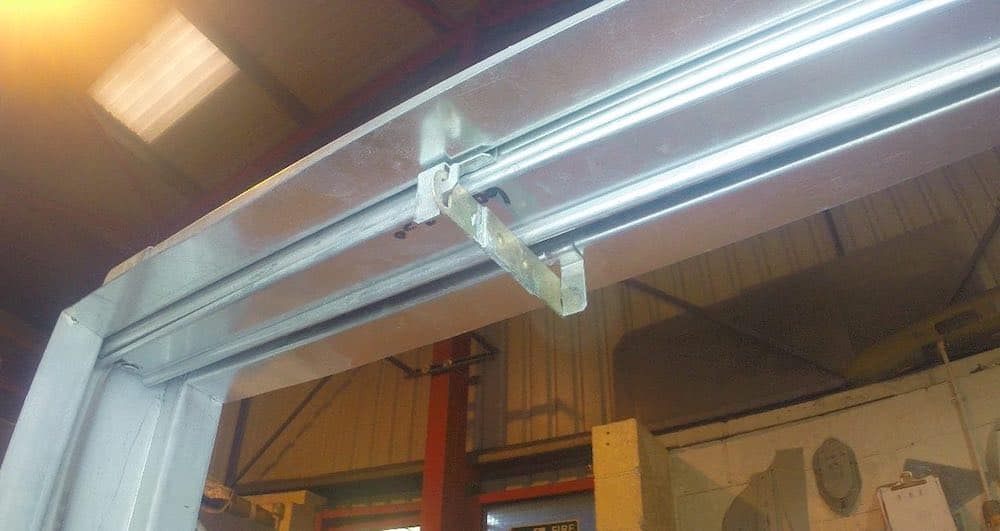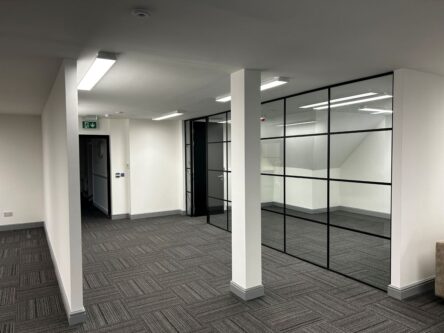
Fire Dampers are a critical component in a building’s fire safety system, designed to prevent the spread of fire and smoke through ductwork in the event of a fire.
They are generally installed where ductwork passes through fire-rated walls, floors, or partitions, fire dampers automatically close when exposed to high temperatures, typically triggered by a fusible link or an electronic sensor. This creates a barrier, helping to contain the fire within a specific area and allowing more time for evacuation and fire suppression.
It is VERY dangerous to block or interfere with fire dampers as this can cause performance failure when you need them, in the event of a fire. We often see them jammed open to allow a flow of air into the space, or conversely closed to prevent draughts. These ducts that pass through fire rated walls are the way a fire can spread within a building and pose a direct threat to life if they do not operate properly.
Purpose: Fire dampers are installed to stop the spread of flames and smoke through HVAC systems during a fire.
How They Work: When the temperature in the ductwork rises to a certain level, usually due to a fire, the fusible link melts, causing the damper to close and seal off the duct.
Types: There are two main types of fire dampers:
Curtain fire dampers: These consist of interlocking blades that close down like a curtain.
Motorised fire dampers: These are linked to a building’s fire detection system and operate when the system detects a fire.
Regular maintenance and servicing of fire dampers is crucial to ensure they function properly in an emergency. In the UK, the BS9999 guidelines give guidance on testing and inspecting fire dampers to ensure they will activate automatically in the event of a fire
The key issue with fire damper servicing and maintenance is access. They are located within ducting, often high up and tricky to access. Some may involve a crawl inside the ducting to reach the fire damper. The work itself isn’t complicated but there is a risk of harm to yourself, or to the system if you attempt to service them yourself. If a fire damper slams shut on you, it could cause serious harm.
Access and Inspection:
Test Operation:
Cleaning:
Lubrication:
Testing the Fusible Link:
Resetting:
Record Keeping:
Reporting and Repairs:
Regular maintenance ensures fire dampers are ready to operate in the event of a fire, preserving both life and property.
From initial consultation to system design, installation, and long-term maintenance, Kimpton provides a complete fire damper service to business that will keep your building and its occupants safe.
Let us help you stay compliant, protected, and prepared for any fire emergency.

Client: Liverpool City Council Location: Liverpool Project: Abbots Lea School Fire Alarm and Emergency Lighting Value: £220k Project Manager: Phil

Client: Anstey Horne Location: Altrincham Project: Warrant House decarbonisation Value: £460k Project Managers: Scott Bennett and Matt Clare Background The

If you would like to discuss any of our services, please call 0151 343 1963 or complete the form below and we will be in touch shortly.